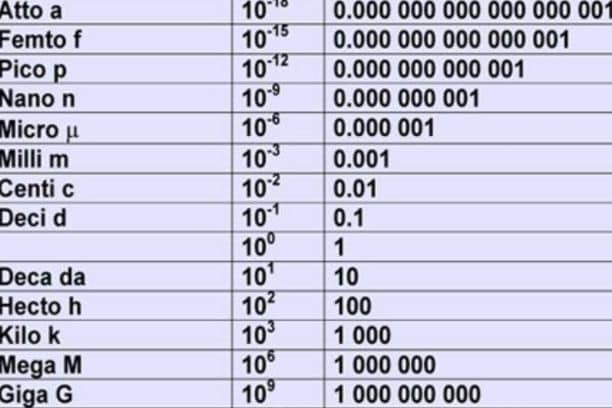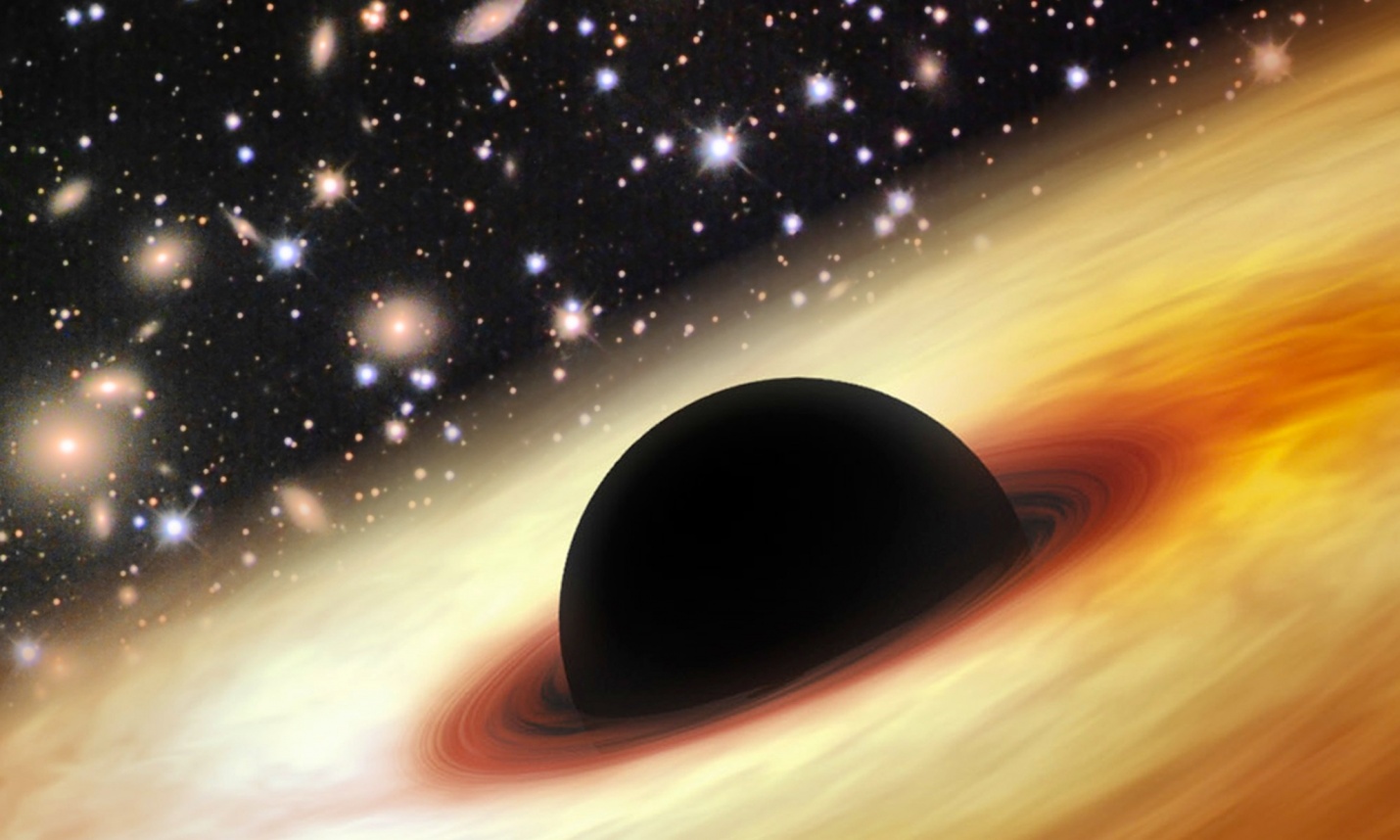The age-old question: How many milliseconds are in a second? Seems like the sort of thing you should know, right? But unless you’re a human stopwatch or a computer, the answer might not be at the tip of your tongue.
Fear not! You’re about to unravel the mysteries of time conversion, diving into the relationship between seconds and milliseconds.
Whether you’re a coder, a gamer, a science enthusiast, or just someone who’s super curious, understanding this basic unit of time can make your life a smidgen easier—or at least more interesting. So let’s journey into the realm of milliseconds and seconds, shall we?
Table of contents
How many milliseconds are in a second?
Alright, let’s cut to the chase: There are 1,000 milliseconds in a single second. Yep, you heard that right, a thousand! This conversion is crucial in various fields like computer science, where reaction times in milliseconds can make all the difference, or in sports timing, where milliseconds can separate winners from the rest.
Knowing this simple yet fundamental conversion can give you a new appreciation for how incredibly fast many things around us operate. So the next time you blink—which takes about 300 to 400 milliseconds—you’ll know just how fleeting that moment is!
Read: How Many Inches in a Meter: Making Sense of Metric and Imperial Units
How do you convert to milliseconds?
Converting to milliseconds is a breeze once you know the basics. For seconds to milliseconds, you just multiply by 1,000. Simple, right? If you’re dealing with minutes, first convert them to seconds (1 minute = 60 seconds) and then multiply by 1,000.
For hours, you’ll convert to minutes first (1 hour = 60 minutes), then to seconds, and finally to milliseconds. This method works like a charm whether you’re timing a sprint, programming a quick response in an app, or synchronizing your audio and video.
So grab your calculator, or just your mental math skills, and start converting!
Which is faster millisecond or second?
Ah, the age-old race between the millisecond and the second! Let’s clear this up: a millisecond is faster, or rather, shorter than a second. Think of it this way: one second is a leisurely walk, and a millisecond is a flat-out sprint.
In fact, a second is made up of 1,000 milliseconds. That’s like comparing a whole pie to just one tiny slice. This difference is super crucial in contexts like computer processing, sports timing, and even scientific research, where even a millisecond can be the game-changer.
So, in the speed department, the millisecond takes the gold!
Also, read: How Long Is 5 Inches Compared To A Hand
Can you count milliseconds?
Counting milliseconds manually is practically impossible for us humans. Our perception of time just isn’t fine-tuned enough to catch these ultra-fast units.
The quickest human reactions, like the blink of an eye, take hundreds of milliseconds—still too slow to count them individually!
That’s why we rely on precise instruments like electronic timers, computers, and high-speed cameras to measure intervals that small. So, while you can’t count milliseconds, you can certainly measure them with the right tools!
What is an example of a millisecond?
The mysterious millisecond! It’s so quick that it’s hard to grasp its real-world implications. But consider this: in computer processing, a single millisecond can be the difference between a web page loading instantly and you getting frustrated.
Or take sports: in a 100-meter dash, milliseconds often separate the gold and silver medalists. Even in music, the timing of milliseconds can affect the quality of sound in a digital recording. So, while a millisecond might be hard to perceive, its impact can be monumental!
Also, read: How Big is a 5 Inches Object? 6 Items with Accurate Measurement
What is the symbol for milliseconds?
The symbol for milliseconds is “ms,” and it’s universally understood across various fields, whether you’re talking about science, technology, or everyday measurements.
The “m” stands for “milli,” denoting one-thousandth, and the “s” is for second, which is the base unit of time. This shorthand is super handy for jotting down measurements, especially when dealing with phenomena that occur in the blink of an eye—literally!
Understanding this simple yet crucial symbol can be your gateway to grasping incredibly fast events in the world around us.
FAQs
A synonym for “millisecond” is “jiffy,” although it’s less precise and more colloquial. The term is often used to describe an extremely short period, just like a millisecond.
The number of digits in a millisecond value depends on the duration being measured. However, a single millisecond is represented as 1,000 in terms of microseconds, making it a four-digit number.
The time it takes to read a word varies among individuals and contexts, but on average, it’s estimated to take about 200 to 250 milliseconds for a skilled reader to read a word.
Conclusion
So there you have it! Understanding that there are 1,000 milliseconds in a second is not just a cool trivia fact; it’s a fundamental concept that has applications in technology, sports, science, and even daily life. Whether you’re measuring the blink of an eye or the speed of a webpage load, milliseconds matter. Now that you’re armed with this knowledge, you’ll see the world in a whole new light—or should I say, in a new millisecond!
References
- inchcalculator.com – Second-s-to-M-i-l-l-iseconds Converter
- quora.com – What is the faster way to convert seconds to m-il-li-seconds in my head?
- knowindustrialengineering.com – How to convert seconds to milliseconds






